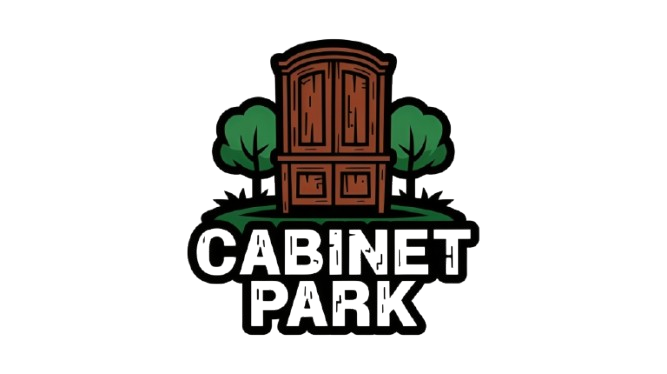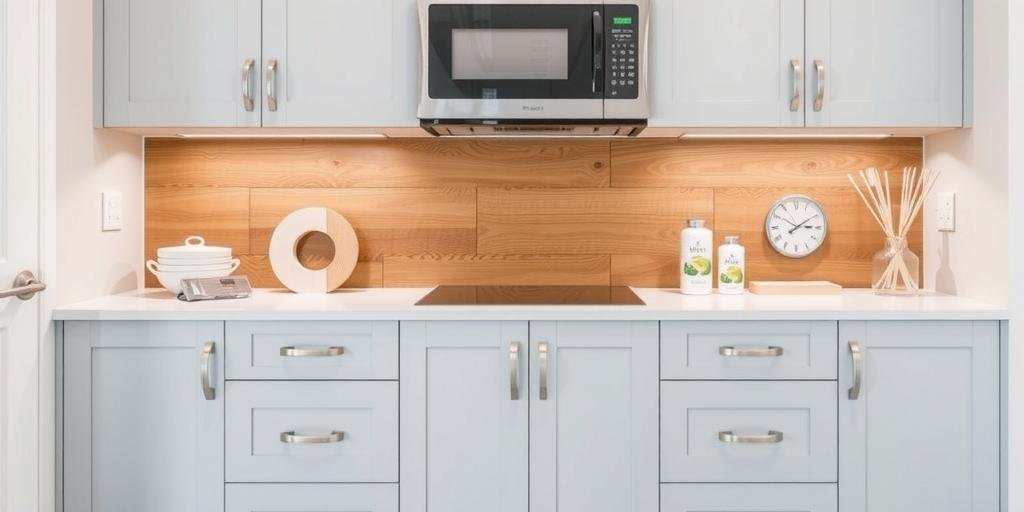Choosing the right backsplash can make or break your kitchen’s aesthetic. One of the most common dilemmas homeowners face is whether the backsplash should match the countertop or cabinets. This guide explores design principles, pros and cons, and expert tips to help you decide.
Backsplash Matching Countertop: Pros and Cons
Matching your backsplash to the countertop creates a seamless, cohesive look. Here’s what to consider:
Pros
- Visual continuity: Creates a smooth transition between surfaces.
- Simplifies design: Reduces visual clutter in smaller kitchens.
- Highlights countertops: Ideal if you have premium materials like granite or quartz.
Cons
- Can look monotonous: May lack contrast if the entire space blends together.
- Limits creativity: Fewer opportunities to introduce patterns or colors.
Backsplash Matching Cabinets: Pros and Cons
Pairing the backsplash with cabinetry offers a different aesthetic. Here’s how it stacks up:
Pros
- Unifies vertical elements: Makes cabinets appear taller and more streamlined.
- Works well with bold countertops: Balances busy countertop patterns.
- Modern appeal: Popular in contemporary and minimalist designs.
Cons
- Can feel heavy: Dark cabinets with a matching backsplash may overwhelm a small space.
- Less definition: Countertops might lose prominence.
Alternative Design Approaches
If you prefer neither option, consider these alternatives:
- Contrasting backsplash: Use a complementary color or material to create focal points.
- Neutral balance: Opt for a neutral backsplash (white, gray, beige) to bridge cabinets and countertops.
- Patterned tiles: Introduce geometric or mosaic designs for visual interest.
Factors to Consider When Choosing
| Factor | Countertop-Matched Backsplash | Cabinet-Matched Backsplash |
|---|---|---|
| Kitchen Size | Better for small kitchens | Works in larger spaces |
| Style | Traditional, transitional | Modern, minimalist |
| Maintenance | Easier if materials are the same | Depends on cabinet finish |
FAQ Section
Should backsplash be lighter or darker than countertops?
It depends on your goals. A lighter backsplash can brighten the space, while a darker one adds depth. Contrast often works best.
Can I mix materials for backsplash and countertops?
Yes! Combining materials (e.g., quartz countertops with subway tile) adds texture and dimension.
What’s the most timeless backsplash choice?
White subway tile or neutral stone offers longevity. Avoid overly trendy colors or patterns.
How high should a backsplash go?
Standard height is 4 inches above the countertop, but full-height backsplashes (to cabinets) are growing in popularity.
Final Thoughts
Whether your backsplash matches countertops or cabinets depends on your kitchen’s size, style, and personal preference. Test samples in your space before committing, and don’t shy away from experimenting with contrasts or textures for a standout look.

